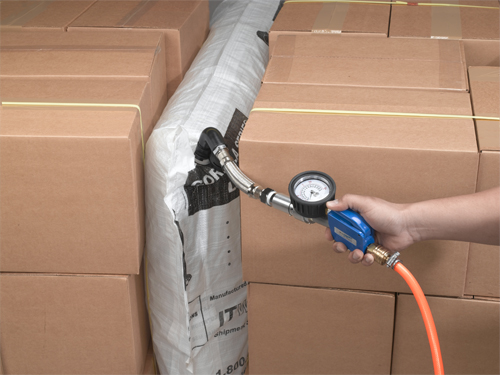The most common available and in use today, these pallets are fully customizable and easy to repair, reuse, and recycle.
You will not find the one-size-fits-all approach commonly found in searches for stringer pallets. We pride ourselves on delivering custom solutions for your exact needs. We use the Pallet Design System from NWPCA and Cape Pack and the load design software from Cape Systems to design pallets that optimize the performance of our customers’ loads during shipment.
Our pallets are designed with strength and integrity in mind. We will work with you to understand your exact application and utilize the Pallet Design System and other design tools to ensure we are building you the right pallet every time at the right cost.
With Millwood, you are getting more than just a pallet provider; you are getting a partner committed to helping you find efficiencies in your processes and reach sustainability goals. A few of the products and services we offer to support this commitment include:
Millwood offers complete pallet recycling programs to retrieve, inspect, recover and remanufacture or repair pallets. Our recycled pallet and recovery programs include green disposal processes that complement corporate sustainability initiatives.
Our pallet management system helps you get the most from your assets and reduce your supply chain costs. We understand that it's important to know what assets you own, where they are located and their current condition.

The words “stringer” and runner” can be used interchangeably. They are used to describe the pieces of the pallet that separate the top and bottom deck of a pallet that allow for material handling equipment (typically a fork lift or pallet jack) to move a pallet around.
Many, but not all, stringer pallets are designed to be reused, especially when properly engineered to do so. The reusability of a stringer pallet is highly dependent on the conditions that they were in befor. As with any previously used pallet, we highly recommend only pallets that have gone through a professional inspection and repair process to ensure that the pallet is safe to reuse for shipping and handling your products.
While these terms are often used interchangeably, they are not the same thing. When describing the size of a stringer pallet, the total length of the stringer is listed first, then the length of the top deck board is listed second. So, a 48×40 pallet would have a 48” long stringer and a 40” top deck board, while a 40×48 would be the opposite. Most often, people are looking for a 48×40 stringer pallet as this is the most common size used in the United States. 40×48 pallets are used by many companies, but far less frequently.